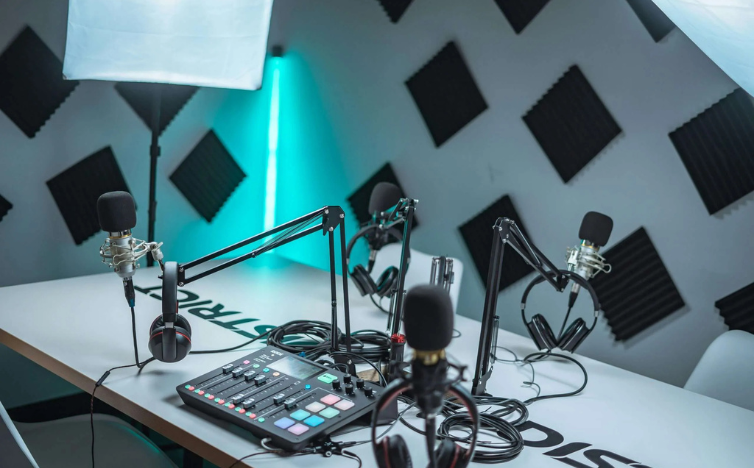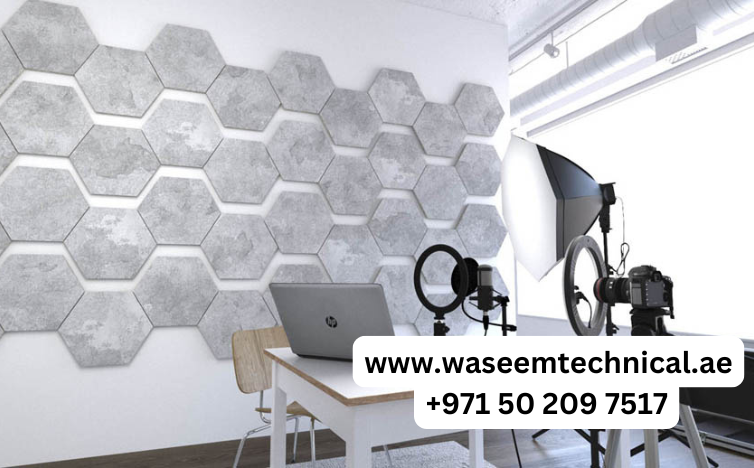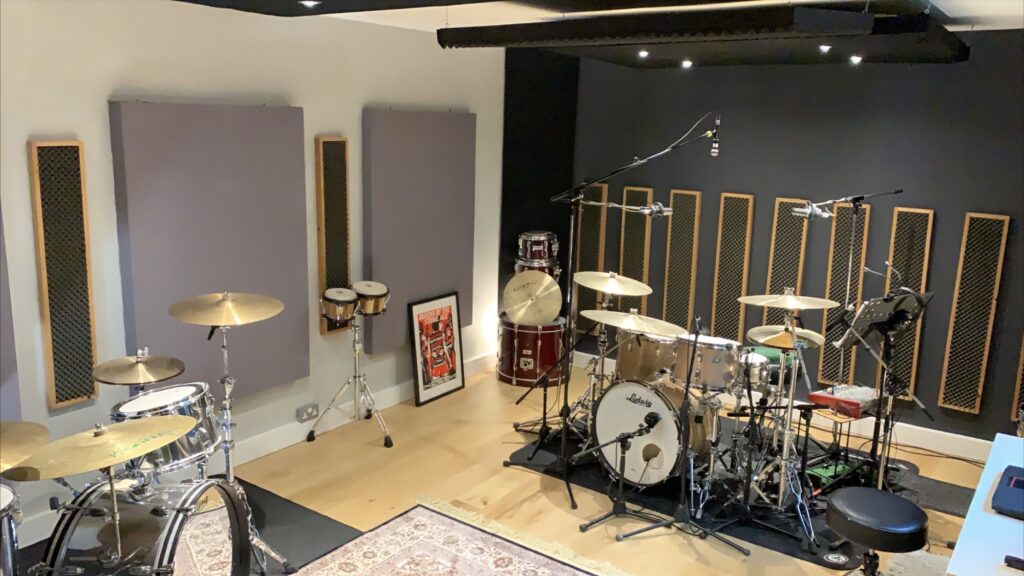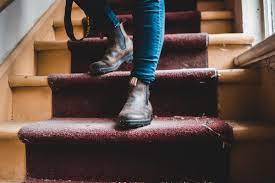Creating a podcast that sounds professional requires more than just great content and a good microphone. Acoustic treatment plays a key role in delivering clear, high-quality audio. Whether you’re recording at home or in a dedicated space, understanding how to manage sound within the studio is essential for minimizing background noise and echo. This article will guide you through the steps needed to achieve the best sound quality in your podcast studio using proper acoustic treatment.
Why Acoustic Treatment Is Important
Acoustic treatment ensures that your podcast recordings are free from distractions like echo, reverb, or unwanted noise. Untreated spaces can cause your voice to sound muddy or hollow, reducing the overall listening experience for your audience. With the right acoustic solutions, you can transform your podcast studio into a space that delivers clear, professional-grade sound.

Identify Problem Areas in Your Studio
Before starting any treatment, it’s crucial to identify where the sound issues are. Echoes, reverb, and outside noise usually come from reflective surfaces and gaps in windows or doors. Start by clapping your hands and listening for echoes or fluttering sounds. These problem areas can then be treated with acoustic panels, bass traps, and other sound-absorbing materials.
Acoustic Panels for Walls
One of the most effective ways to reduce unwanted noise in your podcast studio is by installing acoustic panels on the walls. These panels are designed to absorb sound waves and prevent them from bouncing around the room, reducing echo and improving clarity. Position the panels on the walls where sound reflections are strongest, typically behind and beside your recording setup.
Types of Acoustic Panels:
- Foam Panels: Affordable and easy to install, ideal for small studios.
- Fabric-Wrapped Panels: A more aesthetic option, offering both style and soundproofing.
Bass Traps for Corners
Low-frequency sound waves, like those from deeper voices or bass tones, can create a buildup of sound in the corners of the room. Bass traps are designed to absorb these low frequencies, preventing boomy or distorted audio. Place these traps in the corners of your podcast studio to balance the sound and create a more even listening experience.
Ceiling Acoustic Treatment
The ceiling is often an overlooked surface, but it plays a large role in sound reflection. Adding soundproofing to the ceiling helps prevent sound waves from bouncing off and back into your microphone, which can cause an echo. You can install hanging baffles or ceiling-mounted acoustic panels to minimize sound reflections from above.
Carpet or Soundproof Flooring
Sound can also bounce off hard flooring like wood or tile, contributing to unwanted noise. Using carpets or soundproofing mats can help absorb sound and reduce floor noise. If you have a hardwood floor in your studio, consider adding a thick rug to dampen sound vibrations.
Controlling Outside Noise
External noises from traffic, neighbors, or other rooms in your home can bleed into your podcast recordings. To combat this, seal any gaps around windows and doors with weatherstripping or soundproofing seals. You can also hang heavy curtains over windows to block outside noise.
Microphone Placement
Even with acoustic treatment, microphone placement is critical for capturing the best sound. Position your microphone at an optimal distance from your mouth—usually about 6–8 inches—and angle it slightly to avoid plosive sounds (hard “P” or “B” sounds). Use a pop filter to further reduce unwanted noises.
Call us: Contact Waseem Technical Soundproofing Expert in Dubai For Soundproofing: +971 50 209 7517
Conclusion
Achieving the best sound quality for your podcast studio doesn’t have to be complicated or expensive. By applying the right acoustic treatments to your walls, floors, ceiling, and corners, you can significantly reduce noise, echo, and reverb. Not only will your podcast sound more professional, but your audience will also appreciate the clear and focused audio. Follow these steps to enhance your studio and bring your podcasting to the next level.




